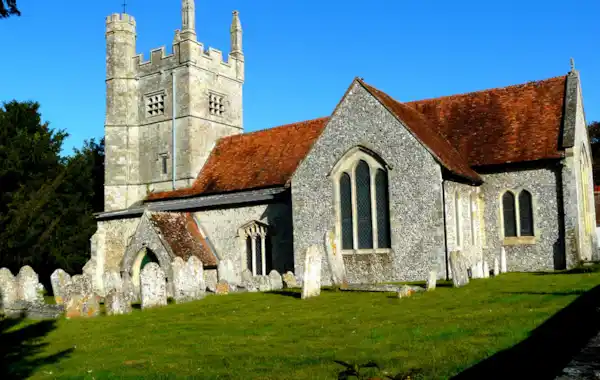13 February 2015
|
How can parish registers help you trace your family history? Over the centuries, right down to the present day, parish priests
Over the centuries, right down to the present day, parish priests record details of the baptisms, marriages and burials that occur in their church in the parish registers. It is these records that provide us with the information we need (names, dates and places) to try to take our family trees back further (before the start of the civil registration records of births, marriages and deaths, which approximately began in the mid-1800s across England, Wales, Scotland and Ireland).
Parish registers don’t note as many details as the civil (birth, marriage and death) registers do, and unfortunately some of the historic registers may have become lost or damaged, but despite all this they are a mine of information that is vital for your tree.
Where can you find parish registers?
Parish registers can be found in various locations, both in archives and online, although it is very rare to be able to handle the original registers themselves nowadays. Usually your access will be via microfilms and increasingly online.
The registers (Old Parish Registers) for Scotland are the simplest to use as the indexes and the images are all online at ScotlandsPeople although the sometimes scant details provided in the earlier ones can be frustrating. For Ireland try the indexes at Roots Ireland – further registers’ details are being added to this site on a regular basis.
For England and Wales there are several useful sites, though none with comprehensive coverage yet, so see if your area is covered before subscribing to a site: try Ancestry.co.uk, findmypast.co.uk and TheGenealogist.co.uk.
Free online there are also a wide range of register details on Family Search and some on www.freereg.org. Also worth a look is www.parishregister.com, which has over a million transcribed baptism and marriage records going back 450 years for the East End and Docklands area of London,
It’s also well worth searching the internet by the church or village name, as some communities have created online indexes of their parish registers. It you find such a site for the place you’re after you may have struck gold!
Parish registers are the records of the established church, and of course many of our ancestors may have worshipped elsewhere. For instance, you may have Nonconformist ancestors on your tree, in which case the non-parochial records on BMD registers – also found on TheGenealogist – can help you. In addition, your ancestor may have been working overseas, serving in one of the far-flung reaches of the former British Empire, and so have been baptised, married or buried in an Anglican church overseas.
Parish registers in 3 easy steps:
1. Look online first: Every month more and more parish registers are coming online, so check back regularly for the latest releases if you don’t find what you need right away.
2. Check the originals: indexes and transcriptions are extremely useful, meaning that you don’t have to wrestle with old handwriting, but do, where possible, check back with the originals.
3. As you research back in time, you will notice that parish registers include fewer details, which can make it harder to identify which ancestor by a certain name is yours. Time used making sure that you have the right person will be well spent, however.
Need help with more records? Read our article on Birth, marriage and death records.
Image credit: © Mike Cattell, Attribution 2.0 Generic (CC BY 2.0)








